Legacy of the USS Arkansas
Since the Civil War, the name Arkansas has sailed with honor and purpose across the world’s oceans. From modern nuclear submarines to ironclad riverboats, each USS Arkansas has carried the identity of a state and the strength of a nation. Scroll through history to discover the powerful story of this enduring naval name.
Timeline
2026 – USS Arkansas (SSN 800)
Class: Virginia-Class Fast Attack Submarine
Keel Laid: November 19, 2022
Christened: December 7, 2024
Commissioning: Expected 2026
The newest USS Arkansas, SSN 800, represents the cutting edge of 21st-century naval warfare. Built for stealth, strike missions, and intelligence operations, she is a nuclear-powered fast-attack submarine with global reach and advanced undersea capabilities. With Tomahawk missiles, MK-48 torpedoes, special operations support, and a 33-year core reactor, she is one of the most powerful and versatile warships the Navy has ever deployed.
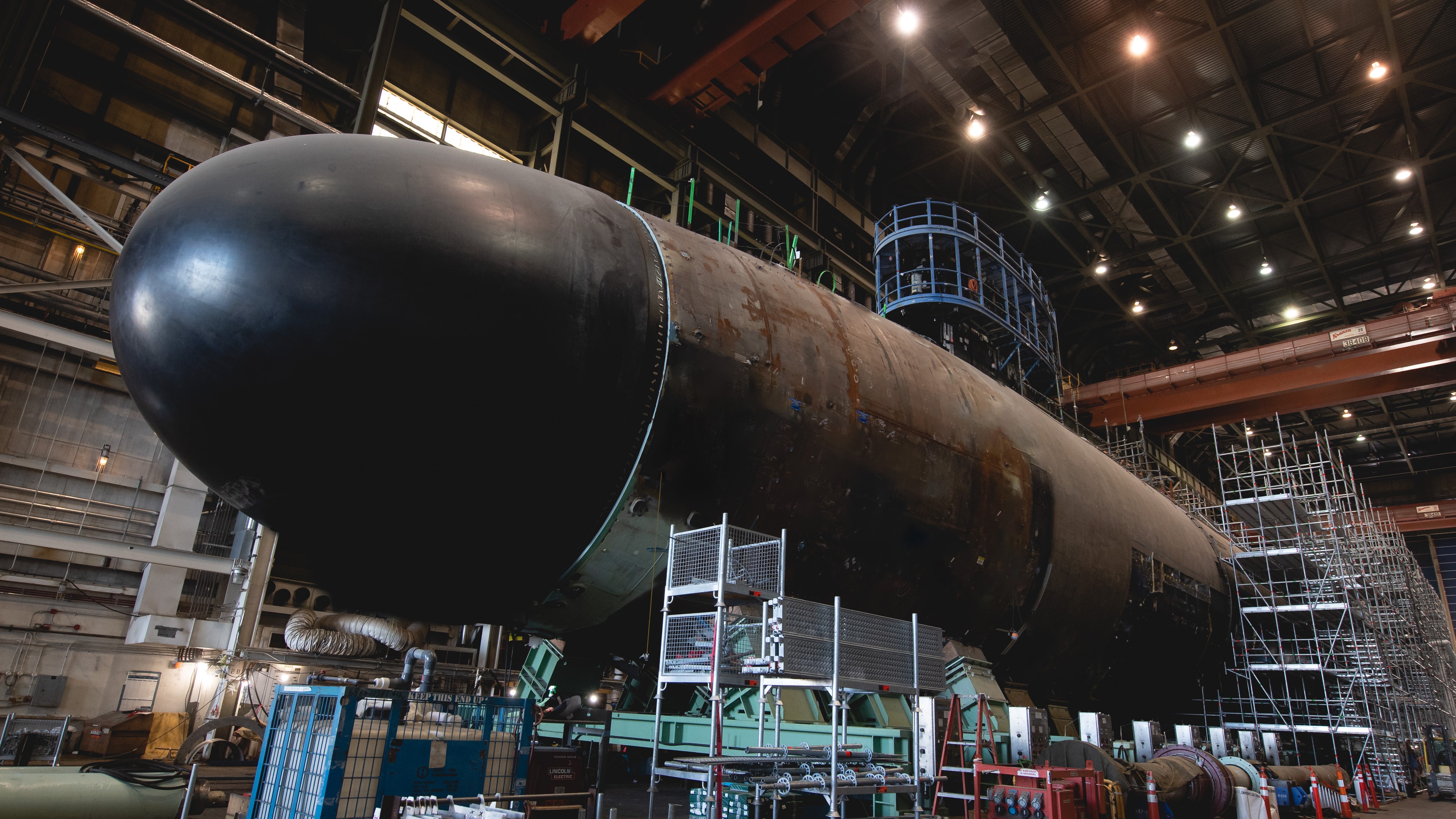
What sets this submarine apart is not just her technology, but her symbolism. The ship’s sponsors are six members of the Little Rock Nine, civil rights pioneers who integrated Central High School in 1957. Their initials are welded into the ship’s steel, connecting her mission to a legacy of courage, justice, and progress. When SSN 800 joins the fleet, she won’t just carry the name Arkansas—she’ll carry a story that continues to inspire.
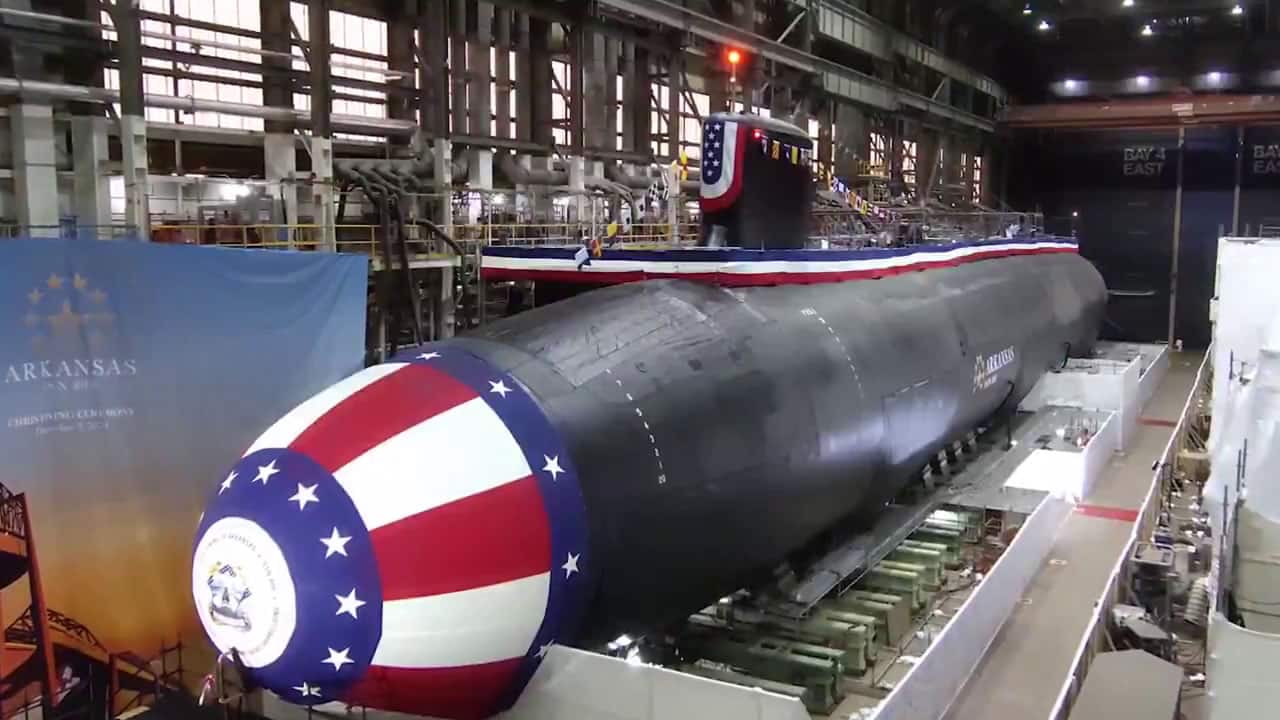
1980 – USS Arkansas (CGN-41)
Class: Virginia-Class Nuclear-Powered Guided Missile Cruiser
Commissioned: October 18, 1980
Decommissioned: July 7, 1998
USS Arkansas (CGN-41) was a Cold War-era guided missile cruiser built for power projection and global operations. As a nuclear-powered surface combatant, she had near-unlimited range and a formidable armament for air defense, anti-submarine warfare, and escort missions. She made history as the first nuclear-powered vessel to transit the Suez Canal, and circumnavigated the globe during Operation RIMPAC 84.
_at_sea_in_1985.jpeg)
Throughout her service, CGN-41 participated in major operations, including U.S. reprisals off Libya, counter-drug missions in the Americas, and the humanitarian evacuation of personnel after the eruption of Mount Pinatubo in the Philippines. She served in key battlegroups alongside carriers like USS Enterprise and Abraham Lincoln, projecting American presence across the globe. Though too large to preserve, her anchors and bell are now displayed in Arkansas, where her story continues to be remembered.
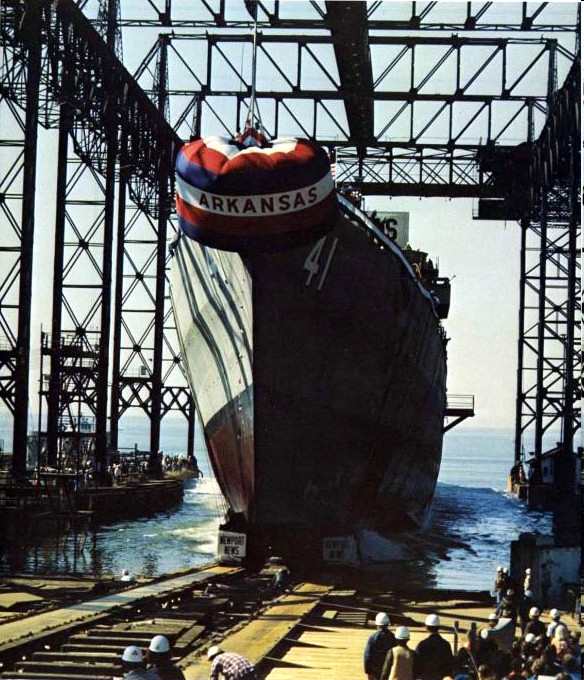
1912 – USS Arkansas (BB-33)
Class: Wyoming-Class Dreadnought Battleship
Commissioned: September 17, 1912
Decommissioned: July 29, 1946
USS Arkansas (BB-33) was a powerful symbol of early 20th-century naval might. As a dreadnought battleship, she trained midshipmen, conducted goodwill tours, and patrolled Atlantic waters in World War I. Her most distinguished service came during World War II, when she supported amphibious invasions at Normandy, Iwo Jima, and Okinawa, firing her massive guns in support of Allied troops ashore.

After the war, she participated in Operation Magic Carpet, bringing American service members home from the Pacific. But her final mission was her most dramatic: she was chosen as a target ship for the nuclear tests at Bikini Atoll in 1946, helping usher in a new era of warfare. Her destruction was both a powerful symbol and a sobering reminder of the destructive capabilities of modern technology. Her service spanned generations—and her name endures.
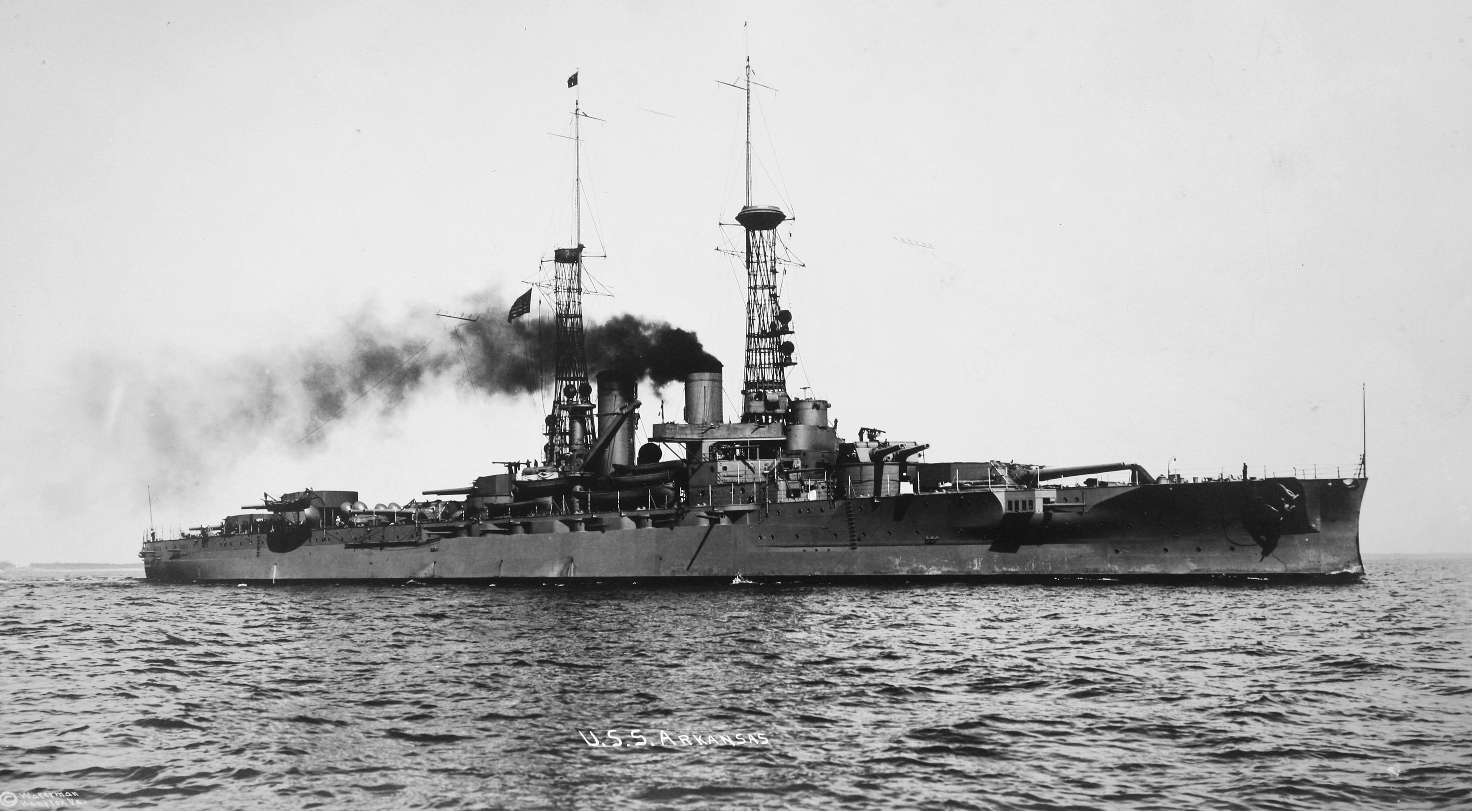
1902 – USS Arkansas (Monitor No. 7)
Class: Single-Turreted Monitor
Commissioned: October 28, 1902
Renamed: USS Ozark (1909)
The fourth vessel to carry the name Arkansas was a single-turreted coastal defense monitor, launched in the aftermath of the Spanish-American War. Though completed too late to see combat, she represented a transitional era in U.S. naval design. Built with a low freeboard and a heavily armored gun turret, she was meant to defend American shores and harbors.
In 1909, she was renamed USS Ozark to make way for the battleship Arkansas (BB-33). She continued to serve quietly in a support role, becoming a submarine tender in 1913 as undersea warfare began to emerge as a new frontier. Though not a front-line warship, her role in preparing and supporting the Navy’s evolving fleet helped lay the foundation for the powerful undersea capabilities we see today.
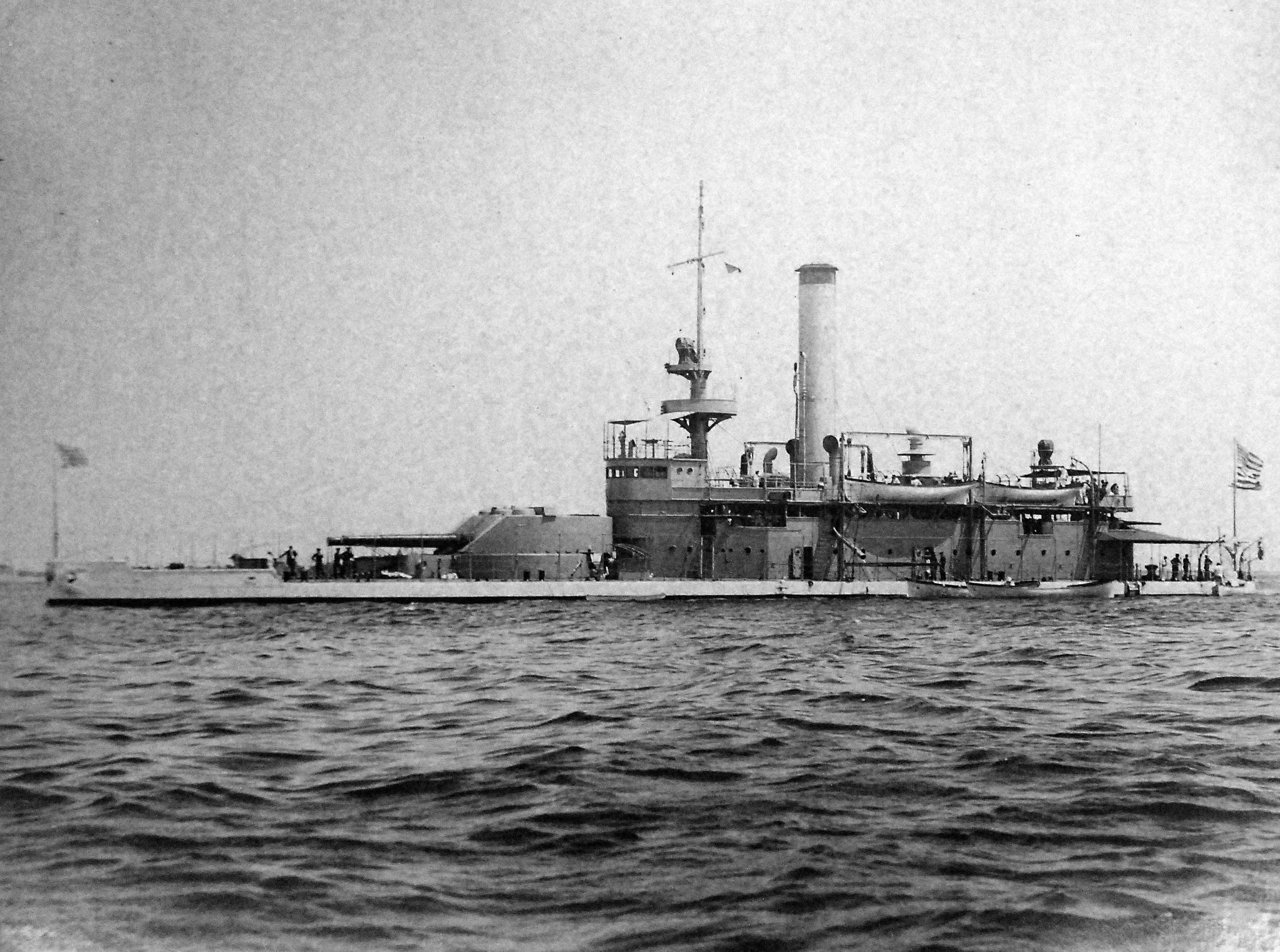
1863 – USS Arkansas (I)
Class: Wooden-Hulled Screw Steamer
Commissioned: June 29, 1863
Decommissioned: June 30, 1865
The first USS Arkansas to serve in the U.S. Navy was originally launched as the Tonawanda, a wooden-hulled screw steamer during the American Civil War. Purchased and renamed by the Union Navy, she was tasked with delivering supplies and maintaining communication lines for blockading squadrons off the coast of Texas.
Though she never engaged in direct combat, her contributions were vital to sustaining naval operations in the Gulf during the war. After being decommissioned in 1865, she returned to commercial service under her original name. In 1866, she was lost on a reef near Key Largo, ending her brief but purposeful chapter in American naval history.
